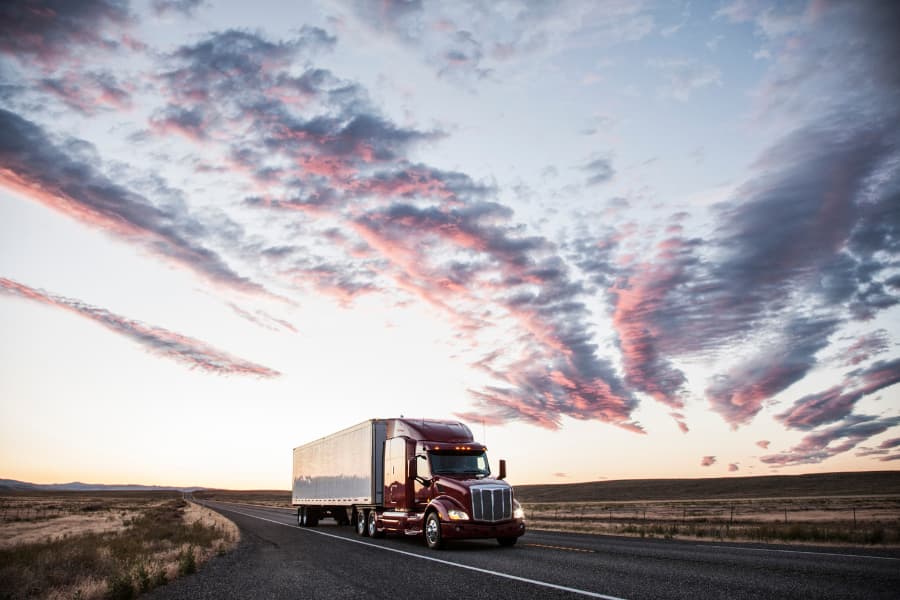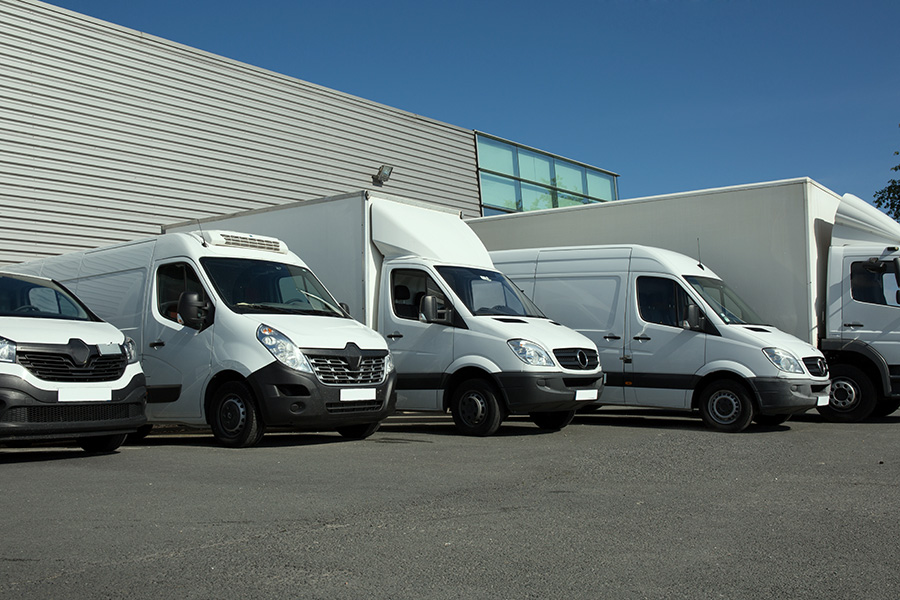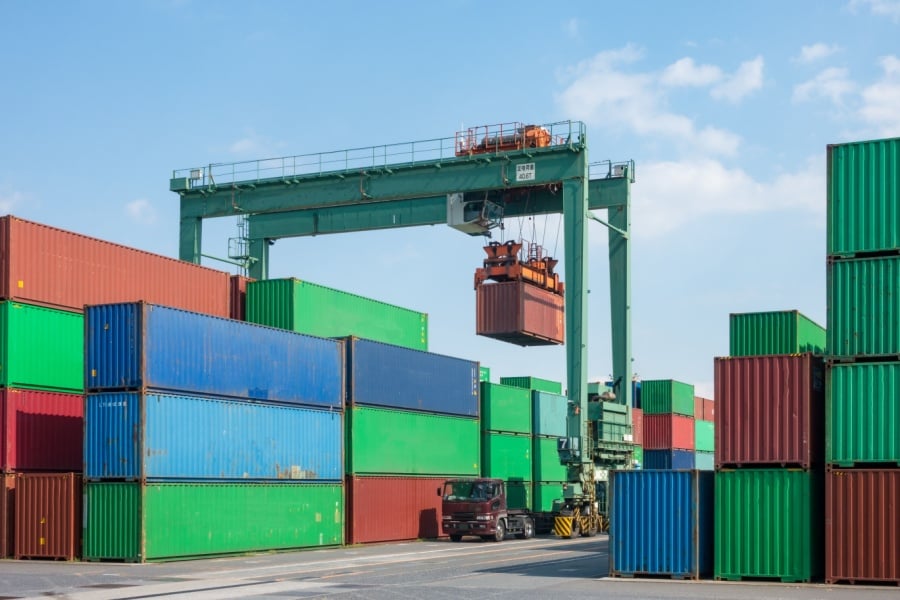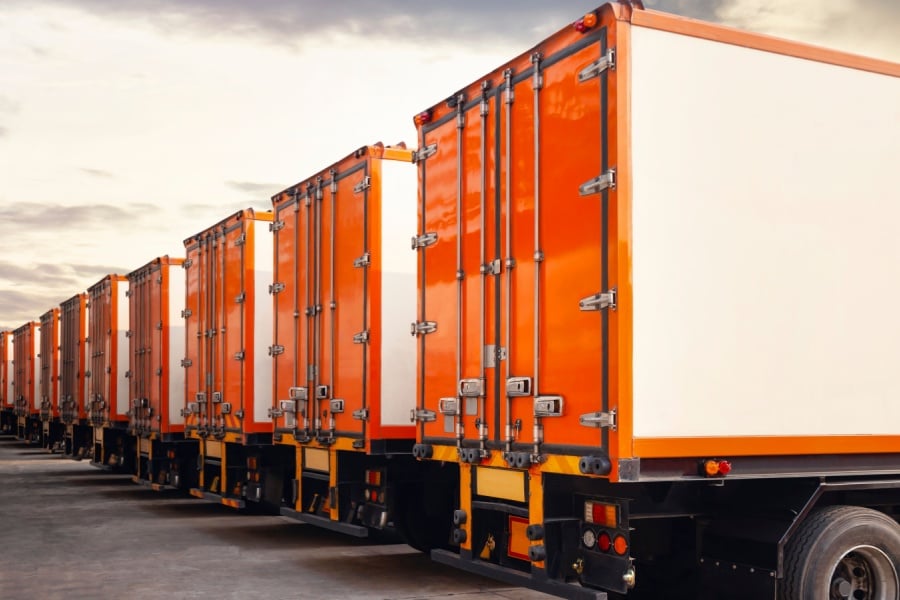Key Takeaways
- Fleet operators must balance freight rate dynamics, optimize costs, and remain agile in response to market and regulatory changes.
- AI, data analytics, and advanced vehicle technology are transforming fleet operations, enabling predictive maintenance, sustainability, and efficiency.
- Environmental mandates and safety protocols are reshaping operations, requiring investment in clean technology and compliance tools.
- Shifts toward e-commerce, reliability, and simplified services push carriers to adopt flexible, tech-driven solutions.
The trucking industry is a cornerstone of the global supply chain, responsible for transporting many goods to their final destinations. But as 2024 draws to a close, fluctuating freight demand levels and persistent market disruptions continue to pressure fleets of all shapes and sizes.
The trucking industry has since persevered through these challenges, but as we look ahead to 2025, the outlook is one of cautious optimism. Experts predict a year marked by stability and gradual growth, underpinned by strategic shifts in operations and technology.
Innovations in fleet management, sustainability efforts, and workforce dynamics could drive transformation, setting the stage for long-term success.
Here's a look at the trends shaping the trucking industry in 2025 and insights into how companies can navigate the challenges that arise.
Market Outlook for 2025
The trucking industry could experience a relatively flat market in 2025, with freight demand showing little to no significant growth. This stagnation reflects the broader economic slowdown and shifting consumer spending habits.
While demand steadies, truck capacity remains high, creating a delicate balance in the market. Utilization rates are forecast to hover around 90%, signaling efficient operations but leaving little room for increased rates.
Broader economic indicators, including GDP growth, inflation, and trade policies, will shape the industry's trajectory. Uncertainty in global trade agreements or economic shifts could also stabilize or disrupt freight patterns.
On the domestic front, policies impacting infrastructure investment and fuel prices may also sway market conditions. While the lack of dramatic growth poses challenges, a stable outlook allows carriers to focus on operational efficiencies and strategic planning to adapt to these evolving conditions.
Rate Dynamics and Pricing Trends for 2025
In 2025, trucking rates will continue to reflect the delicate balance between supply and demand. A key trend to watch is the relationship between contract and spot rates.
In 2024, contract rates were approximately $0.45 higher than spot rates, reflecting longer-term agreements made during market fluctuations and an increase in capacity that decreased spot rates. By mid-2025, this gap is expected to narrow as market conditions stabilize, bringing spot and contract rates closer together.
This convergence will challenge fleet operators to evaluate pricing strategies and renegotiate contracts to stay competitive.
Freight rates for truckload shipments are forecast to increase by about 4% year-over-year. This modest growth indicates a stabilizing market but adds cost pressures for shippers.
Fleet operators can leverage these increases to offset rising operational expenses, while shippers may need to adjust budgets accordingly.
Regional rate trends will remain varied, driven by seasonal demand and localized disruptions. For example, agricultural regions may see surges during harvest seasons, while areas impacted by natural disasters or infrastructure constraints could face temporary rate spikes.
Businesses must monitor these regional dynamics closely to optimize logistics strategies and minimize costs in a market where pricing remains a key focus.
Freight Modal Shifts and Intermodal Demand in 2025
Freight movement will continue to evolve in 2025 as businesses weigh the benefits of rail and trucking. Rail remains popular for long-haul and bulk shipments, especially in regions with well-established rail networks.
Intermodal options—combining rail and trucking—offer cost-effective solutions for shippers aiming to balance efficiency with expenses, particularly for predictable, non-urgent freight. However, trucking maintains its dominance in shorter, time-sensitive deliveries where flexibility and speed are priorities.
Low intermodal demand in recent years has influenced trucking volumes, forcing fleet operators to adapt. With fewer loads moving through combined rail-truck routes, carriers must reallocate resources to maximize operational efficiency.
This shift includes focusing on regions with higher truckload demand or optimizing routes to mitigate empty miles.
Recent disruptions, such as port strikes and regional labor shortages, have also reshaped freight routing. In 2024, many shippers diverted freight from congested or stalled areas, increasing demand for direct trucking solutions.
These trends will likely persist in 2025 as labor and infrastructure challenges drive modal shifts. Carriers who stay agile and responsive to these changing dynamics will be better positioned to capture market opportunities and navigate an evolving freight landscape.
Key Technological Advancements in Trucking for 2025
Technology will continue transforming the trucking industry in 2025, driving efficiency and sustainability. AI and data analytics will contribute to fleet optimization, helping operators make smarter decisions.
By analyzing data from vehicles and routes, AI enables predictive maintenance, minimizing downtime, and optimizing delivery schedules. AI-powered route optimization reduces fuel consumption and improves on-time performance, enhancing overall operational efficiency.
Supply chain visibility has also advanced with real-time tracking technologies. Fleet operators and customers now benefit from greater transparency, allowing accurate delivery updates and better decision-making.
This enhanced visibility strengthens trust and helps businesses adapt quickly to disruptions, making it an important component of modern trucking operations.
Regulatory Changes Impacting the Industry in 2025
In 2025, regulatory changes could shape the trucking industry. Environmental regulations, particularly those targeting emissions, are at the forefront. Governments worldwide are pushing for stricter sustainability goals, requiring heavy-duty trucks to adopt cleaner technologies or transition to alternative fuels.
These changes could drive the adoption of electric and hybrid trucks while increasing operational costs for retrofitting older fleets or meeting new compliance standards.
Safety remains a top priority, as well, with updated protocols and compliance measures anticipated. Enhanced driver welfare initiatives, such as mandatory rest periods and stricter enforcement of hours-of-service rules, aim to reduce accidents and improve working conditions.
Cross-border trade, especially with Canada and Mexico, is under scrutiny as trade policies evolve. Potential shifts in tariffs and customs regulations could impact costs and logistics, requiring operators to adjust strategies for cross-border shipments.
Collaborative solutions like integrating digital customs tools may help mitigate delays and additional expenses.
Carriers must stay ahead of these evolving regulatory changes to maintain compliance and competitiveness in this increasingly dynamic trucking industry.
Shifts in Consumer Expectations and Customer Demands in 2025
Changing consumer behaviors and business models are reshaping customer demands in the trucking industry. One of the most significant shifts is the growing emphasis on quality and reliability.
Customers prioritize damage-free, timely deliveries and expect trucking companies to uphold high service standards. To meet these elevated expectations, carriers must prioritize proper handling, state-of-the-art tracking systems, and responsive customer support.
Simplicity and ease of doing business are also crucial demands. Customers increasingly prefer suppliers who offer streamlined processes, such as flexible booking options, transparent pricing, and seamless communication.
Trucking companies that simplify interactions through intuitive digital platforms or dedicated account management will stand out.
The continued rise of e-commerce and direct-to-consumer models is further driving changes. With more businesses focusing on fast and efficient last-mile delivery, expectations for flexibility and speed have intensified.
Companies must adapt to smaller shipment sizes, tighter delivery windows, and innovative delivery models, such as micro-distribution centers or autonomous vehicles.
To meet these evolving demands, trucking companies will need to invest in technology, enhance service offerings, and build strong customer relationships.
Opportunities and Challenges for Fleet Operators in 2025
Fleet operators face a mix of opportunities and challenges in 2025 as they navigate a market characterized by stagnant demand and increasing complexities. Cost-management strategies will be necessary for maintaining profitability.
Operators can focus on reducing fuel costs through route optimization and adopting fuel-efficient technologies, where feasible. Considering newer equipment over older models can improve uptime, and get you ahead of changes involving engines technology and emissions. With experts predicting vehicle cost increases over the next couple years, the time to invest in new equipment is now. Additionally, streamlining maintenance schedules with predictive analytics can also help minimize unexpected expenses and downtime.
Balancing freight rate pressures is another critical challenge. Operators must carefully evaluate their pricing strategies with contract and spot rates projected to converge by mid-2025.
Prioritizing long-term contracts for stability can help maintain healthy margins as spot rates rise. Another strategy worth considering is a transportation partnership for better cost predictability and risk mitigation.
Adapting to market and regulatory changes will also be important. Operators must stay agile and follow evolving environmental regulations, safety standards, and customer expectations.
For example, investing in compliance technologies and adopting sustainable practices can guarantee regulatory adherence while meeting the growing demand for green logistics.
Fleet operators have the rare chance to turn challenges into opportunities, positioning themselves for success as the industry evolves.
Success in the Year Ahead
The trucking industry in 2025 will present stability and modest growth, shaped by evolving customer expectations, technological advancements, and regulatory shifts. Trends like the adoption of electric vehicles, the integration of AI for fleet optimization, and changing freight rate dynamics highlight the opportunities for fleet operators to streamline operations and enhance profitability.
However, industry stakeholders must remain proactive. Embracing new technologies, closely monitoring market and regulatory changes, and prioritizing adaptability will be vital. Operators can position themselves as leaders in an increasingly competitive market by aligning with sustainability goals and optimizing processes to meet shifting consumer demands.




